In September 2024, a pink-eared, rabbit-like character named Labubu broke TikTok Shop. Pop Mart’s collectible toys became the platform’s top-selling item within weeks, driven entirely by creator unboxings, community challenges, and in-app checkout.
Shoppers discovered limited drops in their feeds, watched creators reveal rare variants, and completed purchases without ever leaving TikTok. The result: Pop Mart’s TikTok Shop sales surged 400% in Q3 2024, with individual creators generating six-figure revenue from affiliate commissions alone.
This is a case study in how social commerce collapses traditional marketing funnels. For partnership-driven brands, it’s redefining attribution, budget allocation, and proof of ROI. The leaders in this space are reengineering how partnerships drive performance.
By uniting influencer storytelling, affiliate tracking, and conversion optimization under one ecosystem, social commerce powered by transparent attribution lets marketers optimize spend, prove impact, and build relationships that last.
In this article, we’ll explore five core benefits of social commerce—and how leading brands use it to shorten the path to purchase, deepen trust, and make smarter budgeting decisions.
The five benefits of integrating social commerce into your marketing strategy
Half of shoppers globally have made a purchase via social media, underscoring social commerce’s growing role in driving sales and building engaged brand communities.
At its core, social media is built to create deeper, more meaningful connections. Social commerce extends those connections all the way through checkout, creating powerful drivers of brand performance.
Below are five ways social commerce provides tangible benefits for brands that want to grow their revenue, increase engagement, or strengthen customer relationships.
1. Shortening the buying journey
Traditional e-commerce funnels often ask too much of the consumer—click a link, open a new tab, and complete multiple steps before checkout.
Checkout is often where sales are won or lost. The Baymard Institute finds usability fixes alone can lift conversions by up to 35 percent on the average e-commerce site.
Social commerce eliminates that friction by enabling payments and checkout directly within the app, allowing brands to capture purchase intent in the moment.
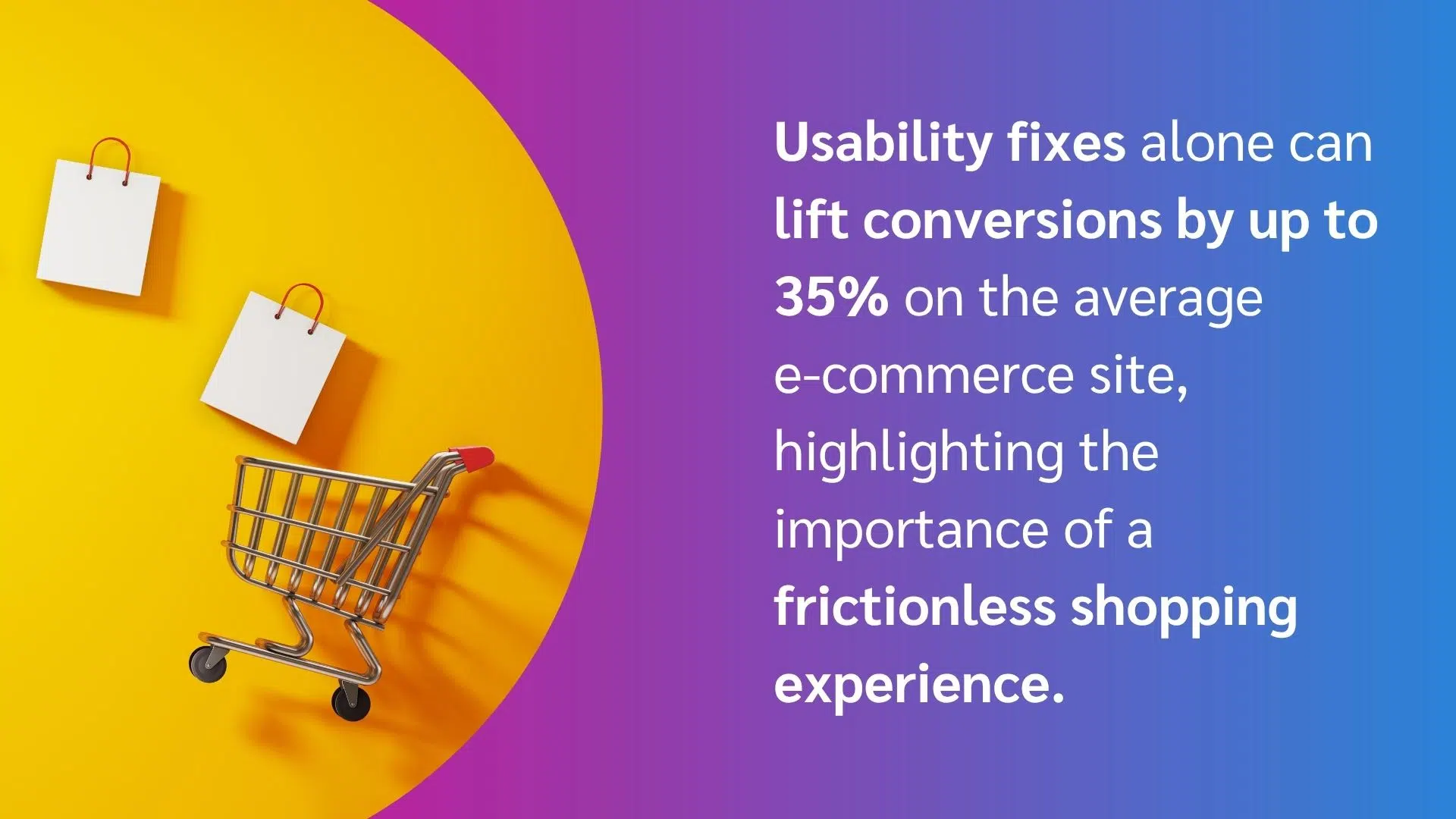
Source: The Baymard Institute
When customers complete their purchases in the same feed or story where discovery happens, there’s no pause or context switch to second-guess. That immediacy drives:
- Reduced drop-off
- Lower cart abandonment rates
- More impulse purchases
For marketers, that translates to shorter paths to purchase, higher conversion rates, and a direct lift in average order value (AOV).
2. Increasing engagement with current and potential customers
In traditional funnels, comments and likes live in a black box. Today, social commerce can translate engagement directly into product-tag clicks and purchases. In fact, 35 percent of shoppers bought something from a live stream in 2025—up 22 percent from the previous year.
Interactive formats like livestream shopping events, Story affiliate links, and shoppable video posts invite two-way engagement.
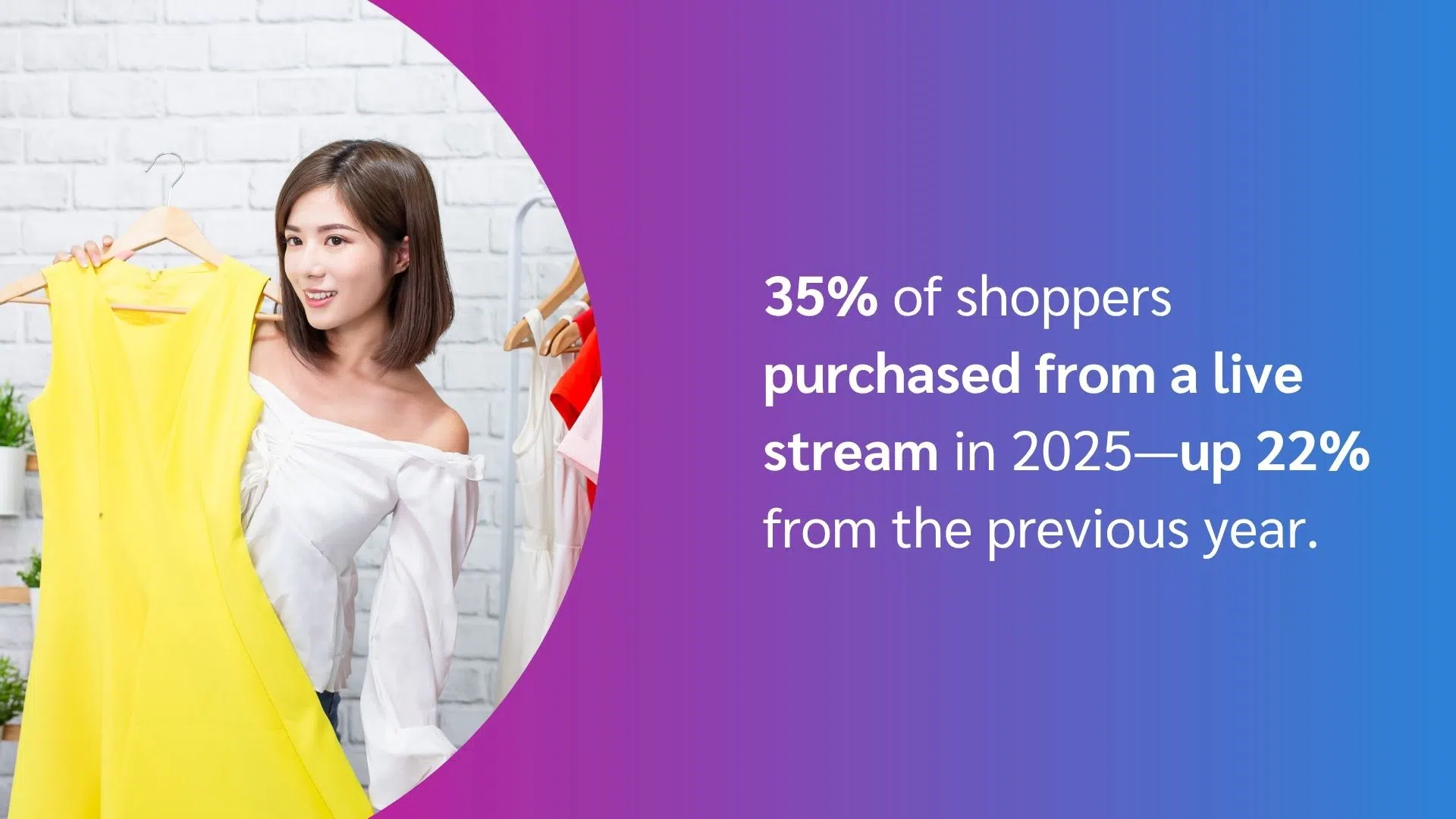
Source: Salsify
Real-time interactions create opportunities for:
- Customers to ask questions and receive immediate answers
- Product tutorials that educate and inspire
- Influencer-led demos that build authenticity and trust
When checkout and engagement happen in the same place, participation feels natural. Shoppers connect with brands, communities, and creators in real-time, strengthening the brand trust that often leads to repeat visits and long-term loyalty.
3. Building deep brand trust
Trust is a conversion multiplier, and social commerce gives brands a direct line to that credibility.
Social commerce embeds that trust where it matters most—at the point of purchase. When placed naturally throughout the buyer journey, creator- or user-led content authentically brings those trust signals closer to checkout.
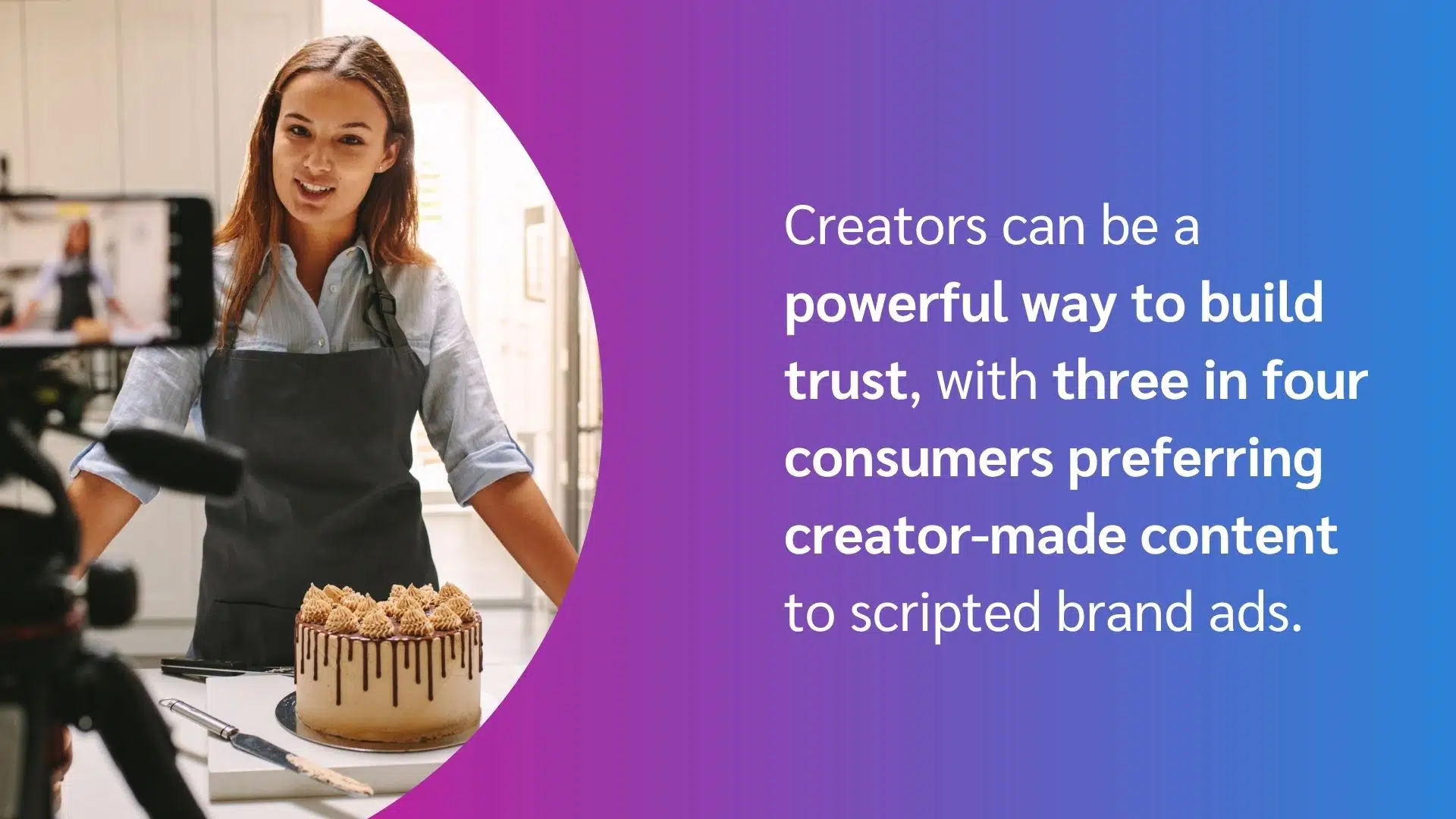
Source: IZEA Research
By highlighting creator partnerships or boosting user-generated content (UGC), brands eliminate uncertainty and give customers the confidence to buy in the moment. Recent research shows about three in four consumers prefer creator-made content to scripted brand ads, making creators a powerful lever for brands leaning into social commerce.
Transparency strengthens that trust. When brands clearly disclose sponsored partner relationships, honesty strengthens customer relationships and creates long-term loyalty.
4. Driving measurable sales and providing proof points
For marketers under pressure to prove performance, social commerce solves a core attribution gap. Unlike traditional paid social media, which can make attribution feel murky, social commerce connects engagement and conversions in one ecosystem.
When shoppers make purchases within the same platform where influence happens, brands can clearly evaluate influencer performance and see which placements drive revenue.
Built-in analytics dashboards in platforms like TikTok, Meta, and YouTube Shopping make it easy to track every click, view, and conversion—from post to purchase.
Teams can test creative, refine campaigns, and justify budgets with hard proof of performance—essential for seeking buy-in from leadership. Real-time reporting also allows optimize your marketing budget, doubling down on what’s working or reallocating budget away from underperforming campaigns.
By tying engagement directly to revenue, social commerce turns awareness-driven interactions into quantifiable business outcomes that strengthen ROI and fuel future investment. In practice, that means moving beyond “likes” to a defensible performance narrative your stakeholders can act on.
5. Providing competitive advantages across industries
As discovery, consideration, and purchase increasingly happen within social platforms, brands that adopt social commerce early gain a competitive advantage. They move faster, capture richer data, and understand what drives conversion before slower rivals can react.
U.S. retail social commerce is projected to exceed $100 billion in 2025, growing over 22 percent year-over-year. This signals the rapidly rising stakes for brands that stay on the sidelines.
Because it works across nearly any vertical, brands of all sizes see a clear path to participate and profit.
For example:
- Retail, beauty, and fashion: Shoppable tutorials and influencer-led content drive product discovery and instant checkout.
- Food and beverage: Live cooking streams and recipe integrations turn engagement into measurable sales.
- Fitness and wellness: Trainers and creators sell equipment, supplements, and digital programs in real time.
- B2B and services: Platforms like LinkedIn Live or webinar-based social selling create in-platform conversion moments for demo sign-ups and gated offers.
By combining discovery, interaction, and transaction in one place, social commerce helps brands respond to market shifts faster than competitors still relying on traditional funnels. Those who invest early build not just audience loyalty, but category leadership.
3 innovations driving the next phase of social commerce growth
Social commerce is evolving fast, but the brands seeing the biggest returns are the ones treating change as a test bed—experimenting, measuring, and scaling what works while competitors stay in observation mode.
As social commerce matures, three key factors will shape its next growth phase. By leaning into these trends, brands can stay ahead of the curve.
1. AI-driven personalization
Social selling thrives on personalization. AI gives marketers something they’ve never had before—real-time visibility into buyer intent and the ability to act on it instantly.
Marketers once spent hours analyzing audience segments to understand buying behaviors and interests. Today, AI delivers those insights instantly, enabling brands to tailor recommendations in real time.
AI helps brands deliver that by turning social platforms into dynamic, personalized storefronts. Machine learning and predictive analytics can surface product recommendations in real time, ensuring every interaction feels relevant and timely.
This level of personalization does more than increase clicks—it builds lasting trust. Sixty-four percent of customers want a tailored shopping experience that mirrors their preferences.
It also supercharges the entire funnel. When shoppers feel understood, they’re more likely to engage, buy, and return. Platforms like TikTok Shop already use AI-driven feeds to recommend products aligned with each user’s interests, creating a seamless path from discovery to purchase.
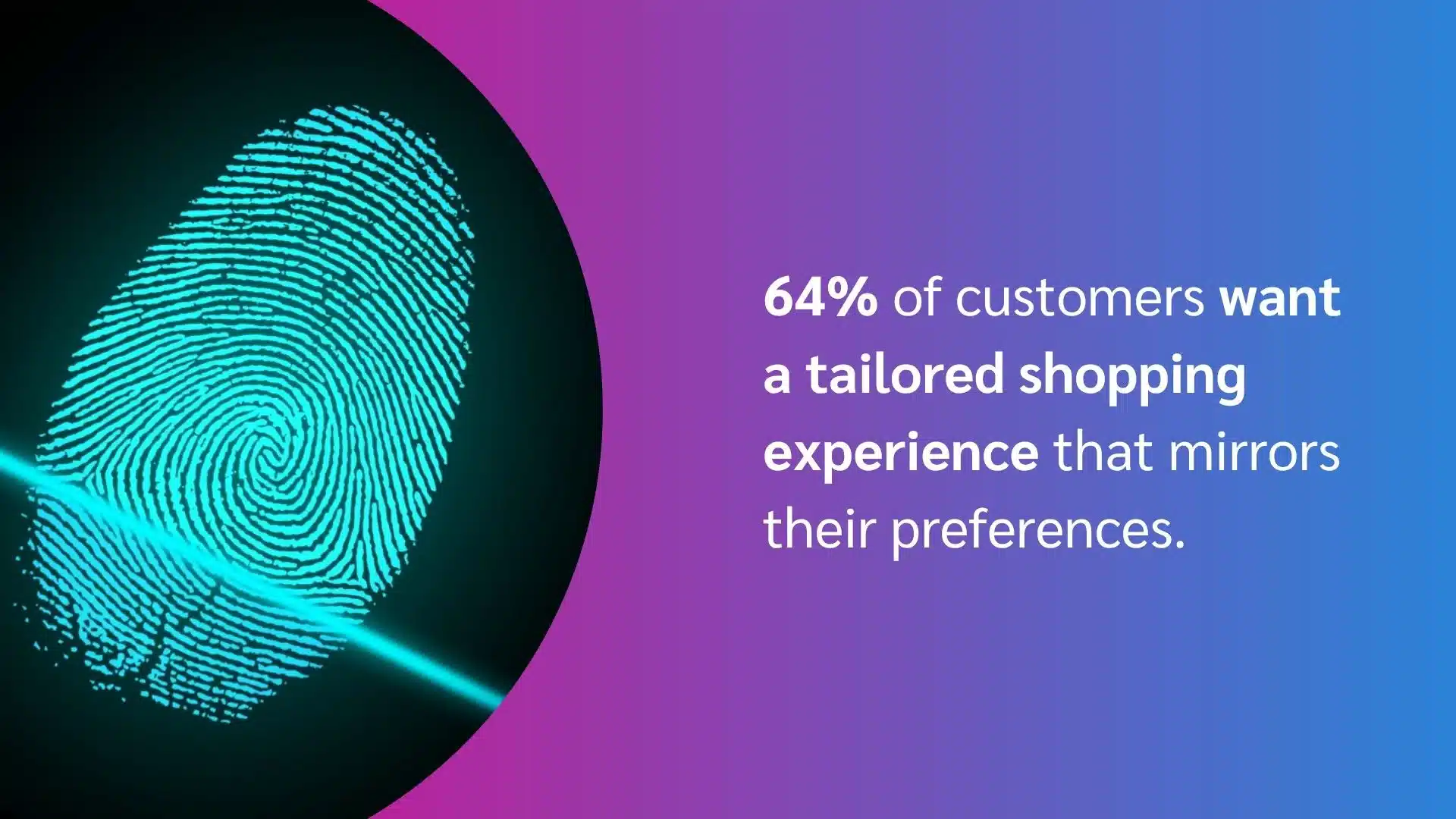
Source: Soti
2. Evolving in-app checkout features
As platforms streamline in-app checkout processes, brands can finally capture the conversion moments that used to vanish between the feed and the cart
The Baymard Institute reports that 18 percent of U.S. shoppers abandon carts because checkout is too long or complicated. Meanwhile, 41 percent of Gen Z and Millennials make an impulse purchase at least once every two to three weeks, with nearly a quarter abandoning their cart if prompted to create an account.
That tension—high intent but low patience—is exactly what in-app checkout resolves. When barriers are removed, customers indulge in impulse buys more often.
Features like one-tap purchasing, and saved payment credentials, and native carts allow shoppers to move from discovery to purchase in seconds.
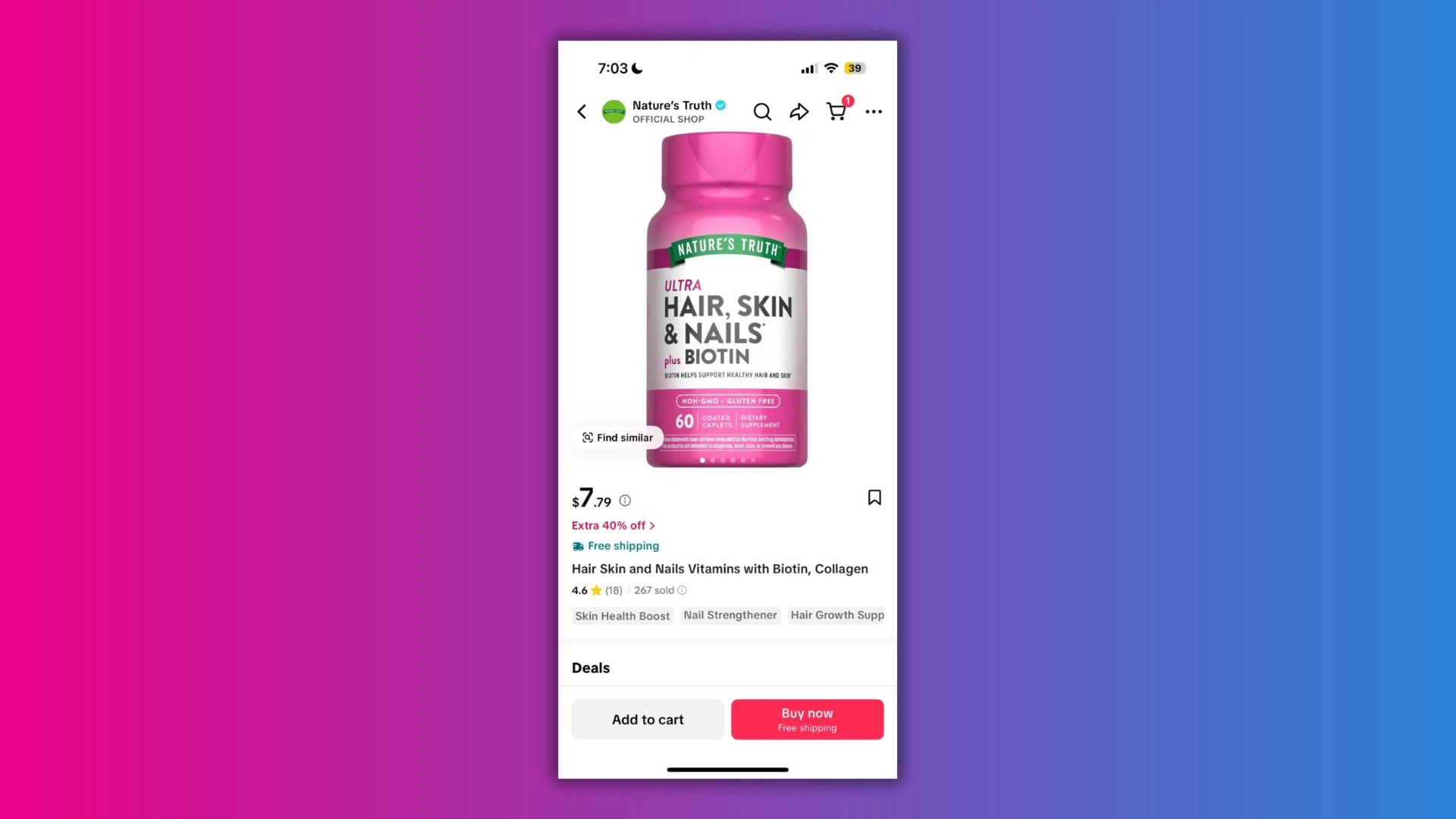
TikTok saves user information and displays a prominent “Buy Now” button on product pages. Similar experiences also appear on Meta Checkout, YouTube Shopping, and other platforms, revealing an industry-wide push toward optimizing in-platform transactions.
These innovations mean fewer lost sales and clearer attribution. With every step contained in-platform, it becomes easier to track purchase data, measure campaign performance, and optimize the customer experience in real time.
3. Integration with broader partnership strategies
Partnership integration is where social commerce scales. Ninety percent of consumers make purchases based on recommendations from friends and family. Influencer and affiliate partnerships often carry the same weight, with impact.com research showing 64 percent of consumers buy based on an influencer’s recommendation or opinion.
When these partnerships are embedded into a brand’s social commerce strategy—like live shopping, shoppable content, or demos—they turn awareness into action. Each interaction becomes traceable, allowing marketers to track the full-funnel impact.
This is what makes integrated partnerships so powerful—the story, the trust, and the transaction all happen in one place.
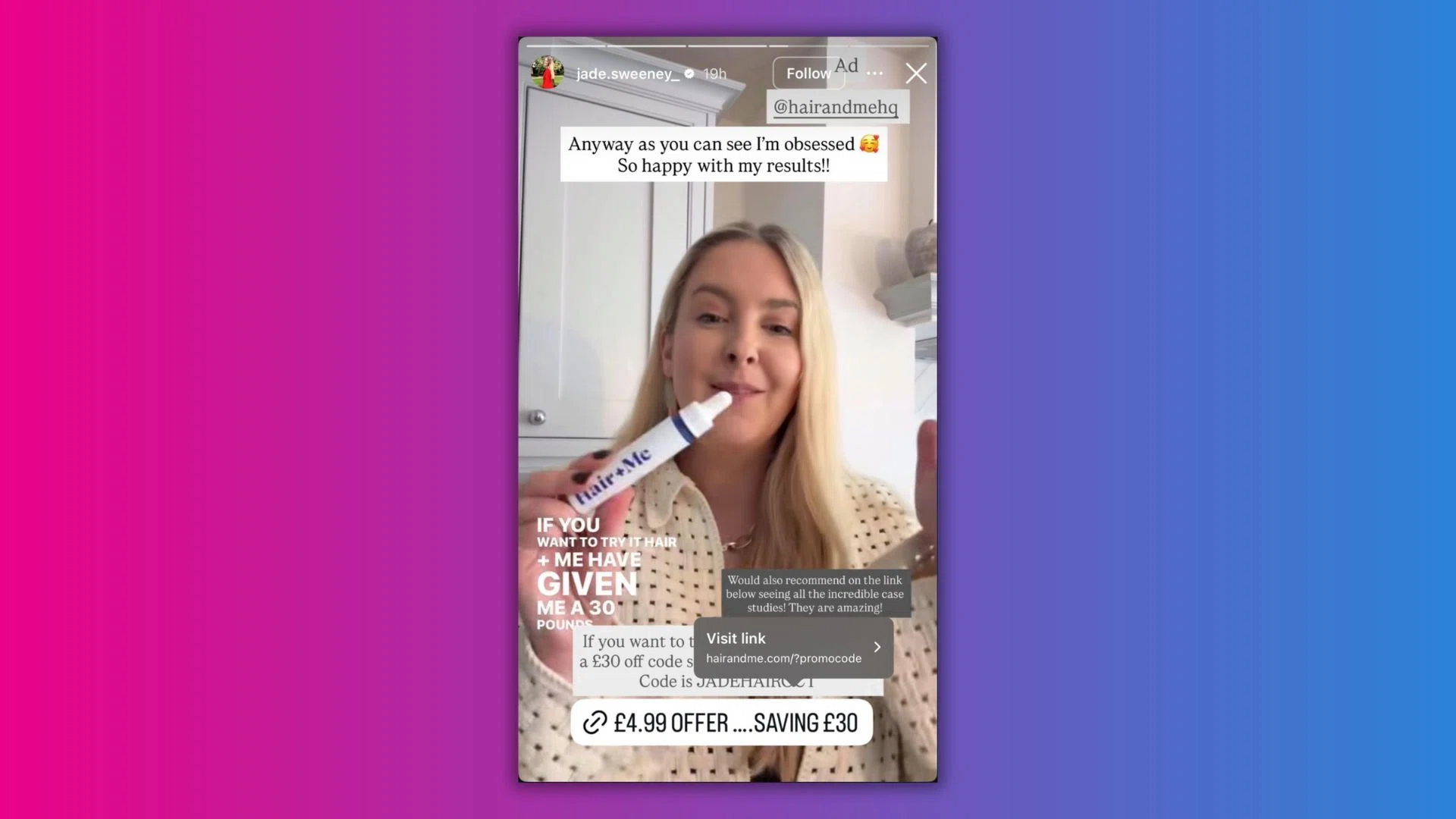
Creator Jade Sweeney’s Instagram Story for Hair + Me paired an authentic testimonial with a limited-time offer, linking straight to checkout. The post blended credibility, urgency, and zero-friction purchase, transforming what could have been a one-off mention into a repeatable revenue driver for the brand.
This partnership-driven approach diversifies reach, improves ROI, and deepens channel engagement. When brands align their creator, affiliate, and publisher relationships under one strategy, social commerce becomes more than a sales tool—a scalable performance channel that powers long-term growth.
Social commerce success stories
Brands already embracing social commerce are seeing measurable results. These examples show how diverse industries use social platforms to drive engagement and sales through authentic partnerships.
Food and beverage example: Olipop
OLIPOP, the prebiotic soda brand, is a pioneer in social commerce. The brand transformed organic product reviews into a trackable, high-performing campaign by partnering with creators across various platforms, utilizing affiliate links and unique promo codes to attribute performance and reward partners in real-time.
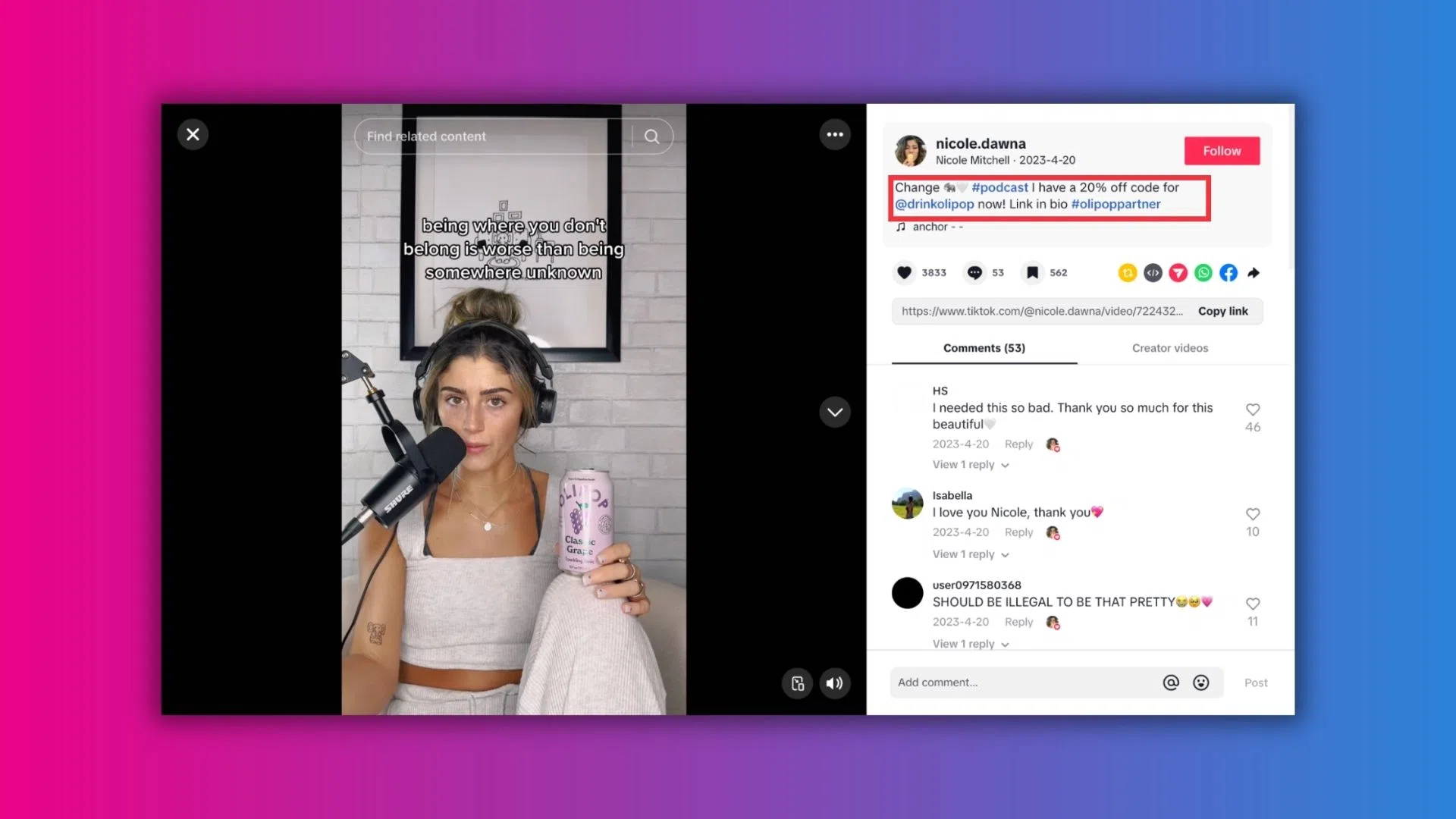
Creators like Nicole Mitchell produced content showing how OLIPOP fits into everyday wellness routines—pairing storytelling with one-tap shoppable links. Each creator received a personalized discount code that gave followers 15 percent off, transforming engagement into immediate conversion opportunities.
The results were substantial: creators drove 12 percent of total sales in 2024 and delivered an average 982 percent return on ad spend (ROAS) year over year.
In one case, a single podcast mention with a promo code generated eight sales in an hour, demonstrating the power of real-time recommendations when tied to seamless checkout.
Mattress and bedding example: Resident
Resident, the company behind Nectar and DreamCloud mattresses, paired social commerce strategies with smart creator partnerships to convert consideration into purchase.
In a category where shoppers often spend weeks comparing options, Resident combined user-generated content (UGC) with affiliate and paid media campaigns to create a full-funnel social commerce strategy.

Creators like Dana Berez and real customers shared unboxing videos, reviews, and side-by-side comparisons that demystified the buying experience by discussing comfort, setup, and delivery. Resident then repurposed top-performing posts into social ads, doubling the value of each post and video.
By layering creator authenticity with affiliate precision, Resident turned educational content into shoppable assets that guided shoppers from awareness through to checkout.
The approach also created an evergreen content library that could be reused for future campaigns across paid and organic channels.
B2B example: HubSpot
HubSpot shows that B2B social commerce strategies are also effective. The CRM leader built a thriving affiliate and partner ecosystem that turns review-driven credibility and peer validation into measurable growth.
By collaborating with SaaS reviewers, YouTube educators, and LinkedIn creators, HubSpot created a community of trusted voices who demonstrate how its tools fit into real business workflows.

Creators like Sonia Thompson, a HubSpot Media Partner, showcase how the platform fits naturally into their day-to-day work—educating audiences through relatable use cases while reinforcing brand trust.
The results speak for themselves: affiliate revenue and signups grew by more than 50 percent, and partner content delivered higher earnings per click (EPC) year over year. These partnerships helped HubSpot expand reach to decision-makers who rely on peer recommendations as much as consumers rely on influencer reviews.
Each partner post serves as both a testimonial and a trackable acquisition channel, enabling HubSpot to directly tie awareness to signups and subscriptions.
Common pitfalls to avoid when leveraging social commerce benefits
Even high-performing brands can lose momentum if they treat social commerce like a traditional ad channel. To protect ROI and maintain authentic engagement, avoid these common mistakes.
Focusing only on vanity metrics
High engagement means little without visibility into what actually converts. It’s difficult to prove ROI or scale performance without tracking how creator and partner content drives sales.
Prioritize bottom-funnel KPIs such as return on ad spend (ROAS), average order value (AOV), and customer lifetime value (CLV) to understand which partnerships and content types deliver the strongest results.
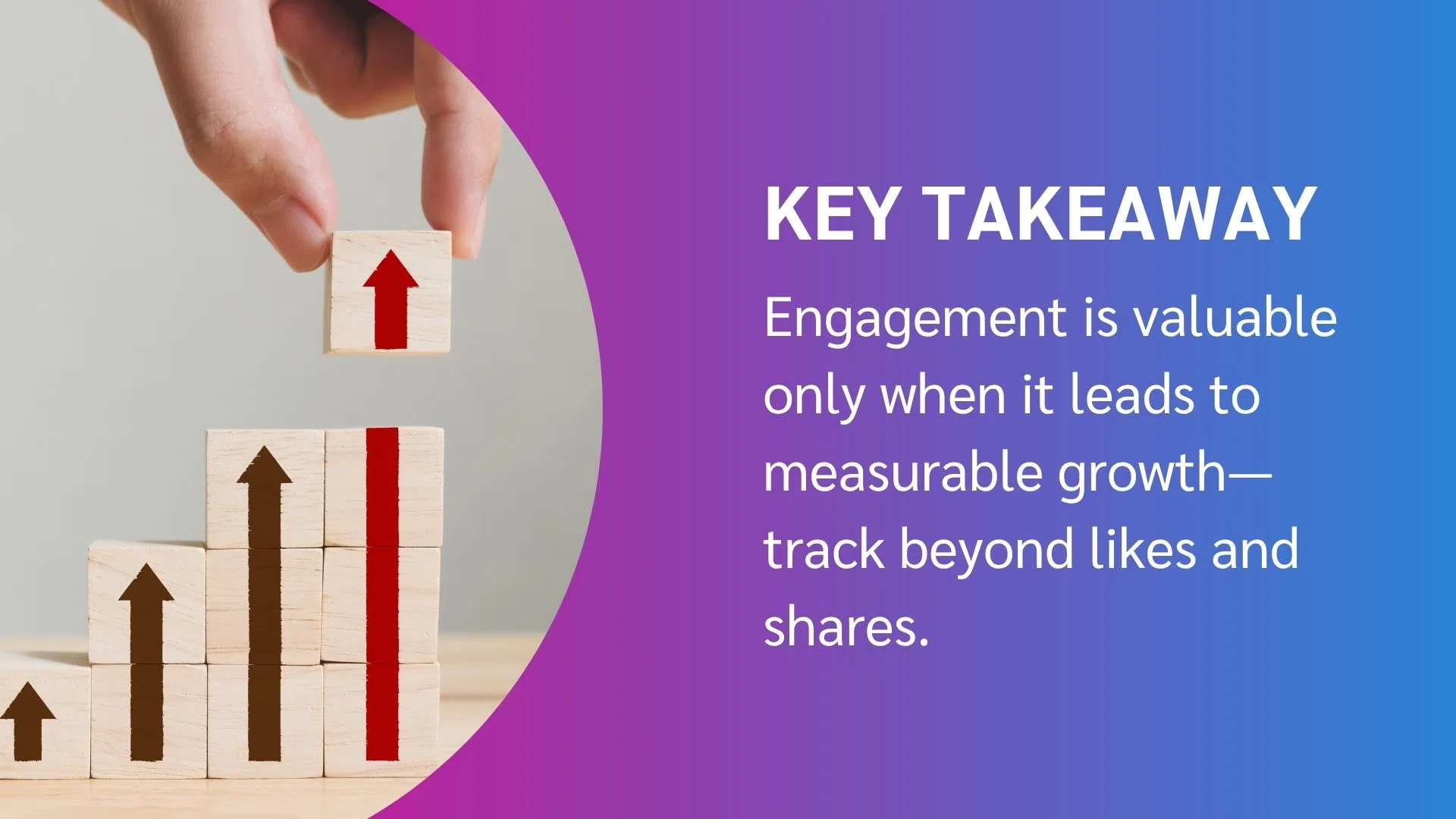
Ignoring profitability safeguards
Creator, affiliate, and publisher partnerships can offer exceptional ROI, but only with safeguards. Without SKU-level tracking, refund monitoring, and clear commission structures, brands risk overpaying for engagement that doesn’t translate into profit.
These same structures protect creators by ensuring fair, transparent compensation for their efforts—building stronger, trust-based relationships between brands and partners.
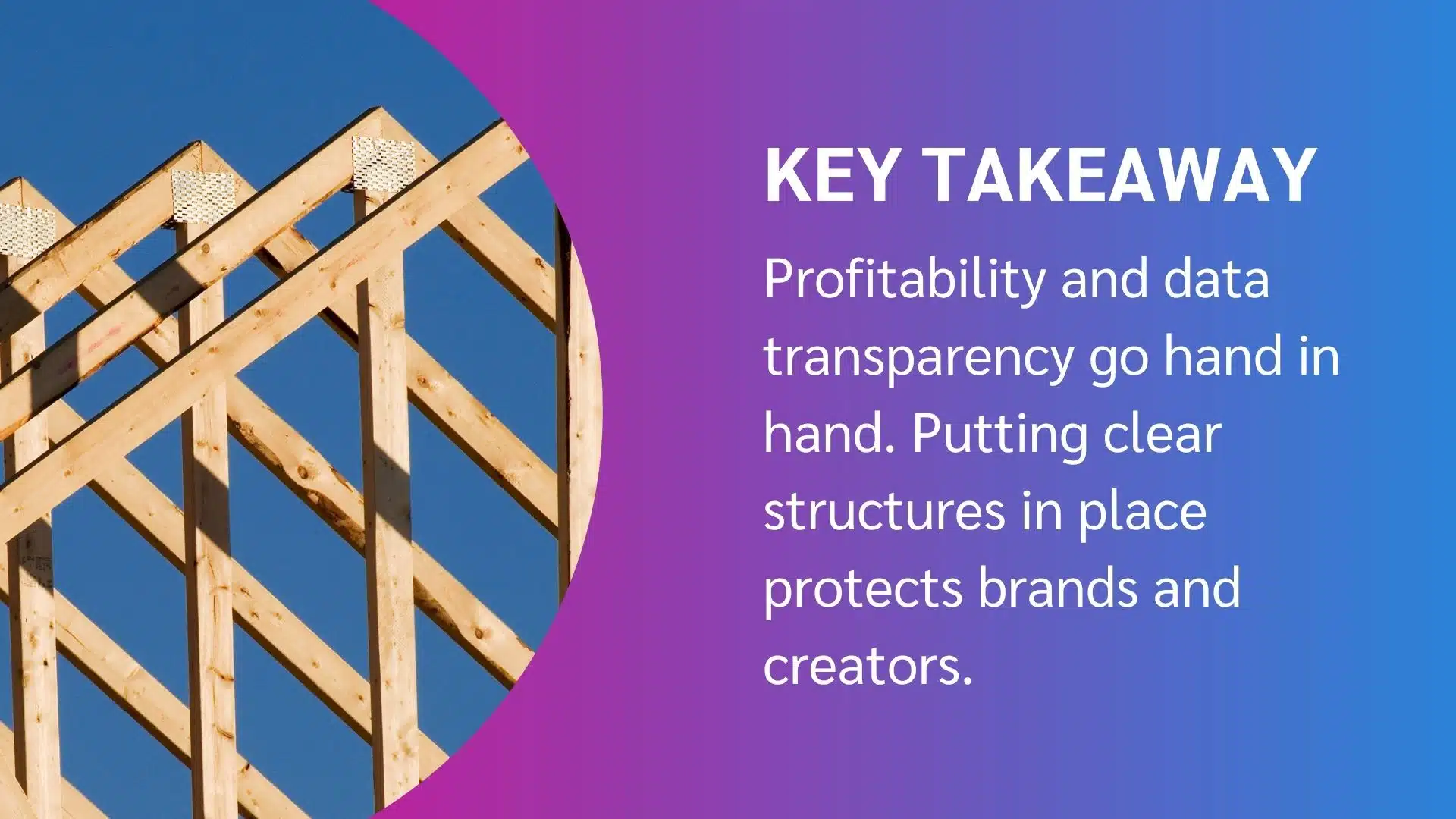
Treating social commerce as one-way messaging
Social commerce isn’t just another ad placement—it’s a community channel. One-sided campaigns that prioritize promotion over participation rarely deliver lasting results.
The strongest programs create two-way interaction through creators, customers, and community engagement. Authentic, user-led content sustains relationships that keep audiences coming back.

Turning social engagement into sustainable growth
Social commerce is more than a passing trend—it’s a transformative growth channel. It connects discovery, engagement, and conversion in one seamless ecosystem, helping to turn everyday interactions into measurable business outcomes.
The advantages for marketers are clear. The buying journey dramatically decreases, customer relationships strengthen, and performance is backed by real-time insights. Brands that invest in social commerce now are setting the standard for how digital commerce will operate in 2025 and beyond.
To scale these efforts, leading brands use partnership automation platforms that unify creator, affiliate, and publisher management in one system—connecting what used to be siloed channels into a single performance view.
This integrated approach enables the kind of full-funnel attribution and real-time optimization that makes social commerce a defensible growth channel rather than an experimental tactic.
Want to learn more about maximizing creator partnerships? Explore related impact.com resources:
- Moving beyond awareness: How creators drive conversions through social commerce and affiliate programs (blog)
- Social commerce and influencer marketing: 5 proven strategies to drive sales across platforms (blog)
- The marketer’s guide to increasing revenue with B2B social commerce strategies (blog)
FAQs
Social commerce combines discovery, engagement, and checkout in one place—reducing the number of steps between inspiration and purchase. Traditional ecommerce funnels often lose potential buyers to distractions or extra clicks.
When checkout happens directly within the platform, there’s no need to leave the feed, open a new browser, or create an account.
This streamlined experience minimizes drop-off and captures impulse interest in the moment it’s at its highest. Features like one-tap purchasing and saved payment information make the process seamless.
As a result, brands see higher conversion rates, lower cart abandonment, and an overall boost in average order value (AOV), all while maintaining a user experience that feels natural and convenient.
Consumers trust people more than promotions. Social commerce amplifies that reality by weaving peer reviews, creator recommendations, and real customer experiences directly into the shopping journey. When shoppers see products in use from creators they follow or friends they relate to, they perceive the brand as more authentic and reliable.
This blend of transparency and social proof reduces buyer hesitation. Clearly disclosed partnerships and honest creator content build long-term credibility, making audiences more confident in their purchase decisions. In this way, social commerce bridges the gap between brand marketing and real-life endorsement, turning trust into measurable sales.
Visually driven sectors like beauty, fashion, and home goods have led the way, leveraging short-form video and creator partnerships to showcase products in authentic, creative ways. Live tutorials, styling sessions, and unboxing videos make these industries ideal fits for shoppable content that drives immediate conversions.
However, the opportunity extends well beyond consumer retail. Food and beverage brands use recipe videos and live cooking streams to move products in real time, while fitness and wellness creators sell gear, supplements, and digital programs directly through social feeds. Even B2B companies are getting involved—using LinkedIn Live and educational webinars to build trust, generate leads, and accelerate the path to purchase.
When social commerce is integrated effectively, brands gain measurable improvements across the entire funnel. Direct, in-platform transactions shorten the buying journey and help marketers attribute sales accurately. This transparency enables better optimization and stronger performance tracking.
Beyond conversions, social commerce also drives long-term gains in customer loyalty and retention. By turning social platforms into interactive storefronts, brands can nurture relationships, encourage repeat purchases, and maintain engagement long after the first sale. Over time, this approach builds a community of customers who don’t just buy from a brand—they advocate for it.




